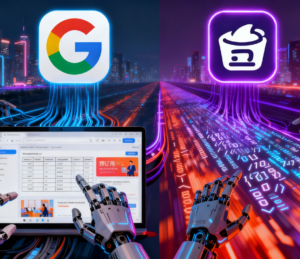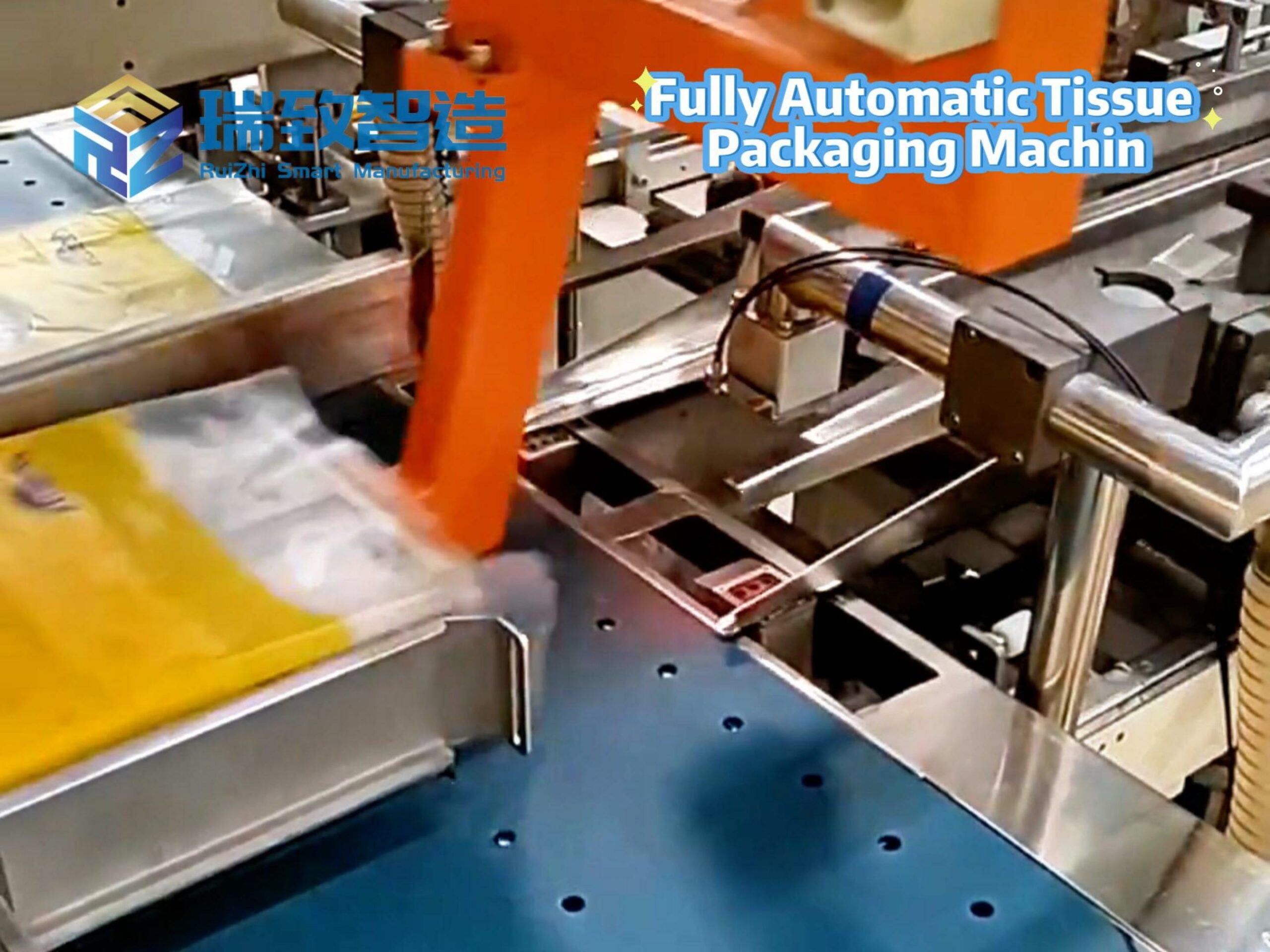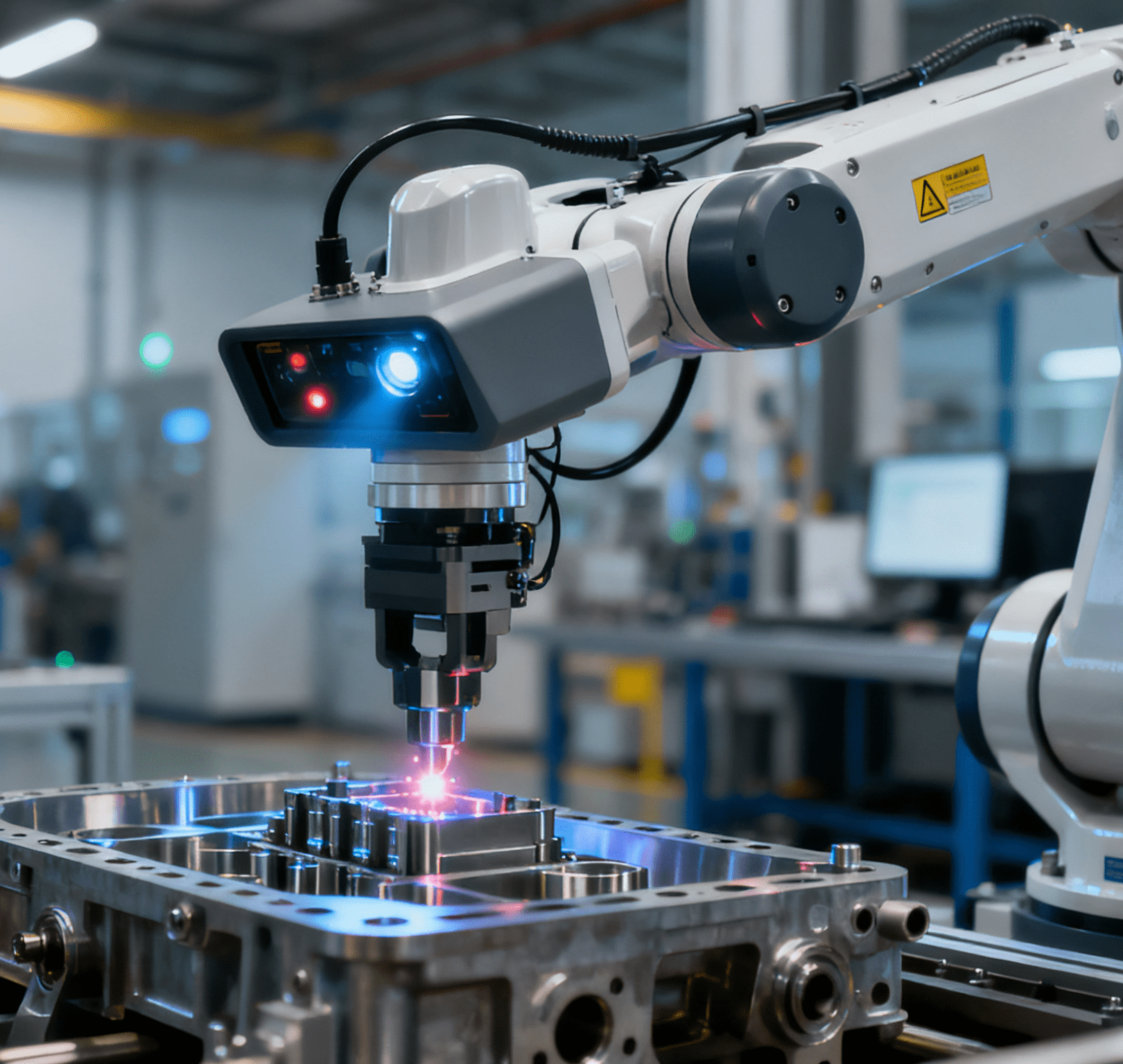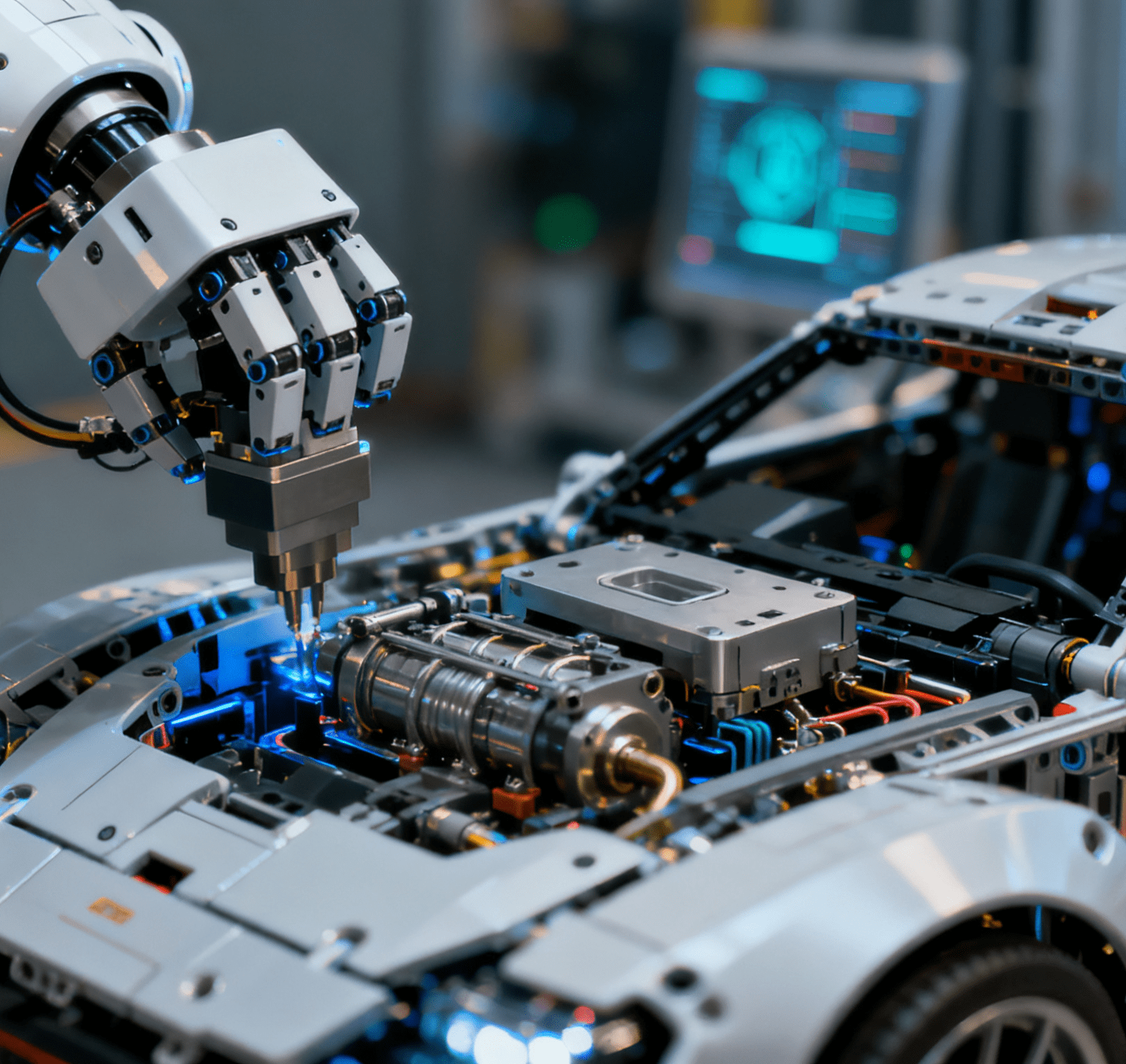
Once upon a time, our interaction with AI felt like separated by a lake—we on one side, it on the other, exchanging questions and answers through text. But have you noticed? That interface is quietly fading away. AI is no longer just an intelligent brain behind a dialog box; it has begun to “reach out”—clicking buttons, drafting emails, and even debugging code for us. In October 2025, a series of new moves from OpenAI, Google, DeepSeek to Doubao all seem to converge on one theme: the AI that once only chatted is striving to become a more proactive partner in our digital lives.
The Shift of AI Interaction: From “Dialogue” to “Execution”
The traditional AI interaction model, limited to text-based Q&A, is undergoing a fundamental transformation. No longer confined to the “other side of the lake,” AI now acts as a proactive participant in digital life—automatically clicking buttons, drafting emails, and debugging code. This shift is most evident in the new releases of major AI players in October 2025: whether it’s Google’s browser-operating model, OpenAI’s AI-driven browser, or ByteDance Doubao’s programming assistance function, all reflect a common direction: AI is moving beyond “answering questions” to “completing tasks,” becoming a more dynamic and capable digital partner for users.
It’s worth noting that this shift from “dialogue” to “execution” also penetrates into daily life and medical care scenarios—for instance, vertical AI agents specialized in home healthcare can not only answer “how do you set up a nebulizer machine” in detail but also proactively guide users through the setup process step by step: recognizing the nebulizer components via camera, verifying the correct assembly of the medication cup and mask, and even reminding users of the proper air pressure adjustment and disinfection steps after use, turning abstract instructions into actionable, error-proof execution support.
Divergent Paths of AI Agents: Generalists vs. Vertical Specialists
The collective emergence of AI agents has become the most prominent trend in the industry, and different companies’ choices of evolutionary paths reveal their distinct visions for AI’s future form.
On one hand, overseas giants like Google are pursuing the “general operator” route. Google DeepMind’s Gemini 2.5 Computer, built on Gemini 2.5, focuses on browser interaction scenarios, supporting 13 types of operations such as real-time screen recognition, clicking, and typing. With visual understanding and reasoning capabilities, it can independently handle tasks like spreadsheet organization and travel booking based on voice commands—equipping AI with “eyes” and “hands” to adapt to diverse general scenarios.
On the other hand, domestic players like ByteDance’s Doubao are deepening their roots in vertical fields. After upgrading Doubao Programming, it integrated Agent capabilities and launched creation and Q&A modes, which can understand complex code logic, automatically plan steps, and call tools like code interpreters to complete one-click repair, execution, and testing. In the professional field of programming, it is striving to become an irreplaceable expert assistant.
Ecological Niche Battle: Application-Layer Entrances vs. Tool-Layer Infrastructure
As AI evolves into an “executor,” competition has transcended individual models to focus on the battle for ecological niches, forming two distinct business models upstream and downstream of the industrial chain.
At the application layer, companies represented by OpenAI are competing for user entrances. OpenAI’s newly released ChatGPT Atlas is no longer just a website or app but an AI-driven browser, now available globally on Apple’s macOS platform (with Windows, iOS, and Android versions coming soon). This “upward expansion” strategy aims to monopolize user access points and build a direct connection between AI and end-users.
At the tool layer, enterprises like DeepSeek are focusing on building industry infrastructure. DeepSeek open-sourced its DeepSeek-OCR model on GitHub, which uses innovative “visual memory compression” technology to address efficiency and cost pain points in long text and video processing. Its “visual token” system, which adjusts precision based on content complexity, not only redefines AI memory mechanisms but also provides developers and enterprises with powerful underlying tools—acting as the “sharp shovel” for the AI “gold rush” to enrich the entire application ecosystem.

Openness Strategy Dilemma: Open-Source Sharing vs. Closed-Source Integration
Different ecological niche choices have led to contrasting openness strategies, sparking a philosophical debate about the popularization path of AI technology.
DeepSeek adheres firmly to the open-source route. It has made the code and weights of its DeepSeek-OCR model fully open, attracting global developers to innovate based on its technology. By establishing de facto industry standards through technical contributions, it drives industrial progress from the bottom up, leveraging the power of the developer community to expand influence—embracing the concept that “many hands make light work.”
In contrast, OpenAI and Google continue to pursue closed-source integration. They encapsulate advanced Agent capabilities within their own products, building a closed loop from model and product to user. By optimizing user experience to maintain core competitiveness and business moats, they bet that seamless integration will be more attractive to users than open technology itself.
The Future of AI: Moving Beyond “Grand Narratives” to “Subtle Revolutions”
The AI “racecourse” in October 2025 presents a three-dimensional competition landscape: the path differentiation between general and vertical intelligence, the ecological niche battle between application and tool layers, and the strategic game between open-source and closed-source models. The key to success in the future will no longer be a single model performance score but a comprehensive competition of “technical depth (e.g., DeepSeek’s innovative algorithms),” “ecological breadth (e.g., OpenAI’s platform ambitions),” and “industrial understanding (e.g., Doubao’s scenario deepening).”
This suggests that AI’s evolution is gradually moving away from the obsession with “omnipotent general intelligence” (the “grand narrative”) and towards a “subtle revolution” of specialized capabilities. Its ultimate form may not be a single “universal oracle” but countless “specialized intelligences” that fulfill their unique missions in specific, nuanced scenarios. When “execution” replaces “dialogue” as the core, the relationship between humans and AI will shift from question-and-answer to silent symbiosis and joint evolution.




















